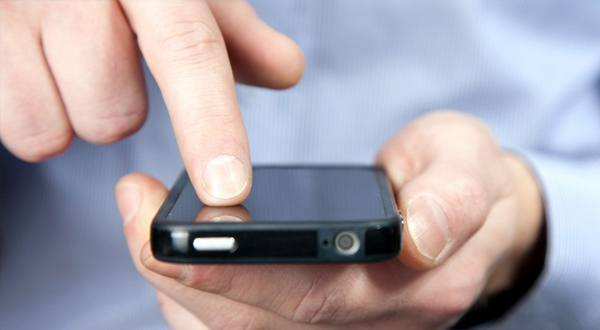If there’s one thing Apple has consistently done with its iPhone is enhancing the camera performance with every passing year. Even the harshest of Apple’s critics and detractors would admit that camera is a strong point for Apple.
However, it looks the company is about to take the camera to another level. The Cupertino-based tech giant’s latest patent reveals that Apple might be working on a new type of flash module that will work similar to D-SLR cameras.
According to the patent, the flashlight module is called Dual Lens Camera Focusing Lighting Module’. This module will users to change the direction of the LED Flash. Also, users will be able to set the intensity of the flash as needed and also change the angle of beam of the flashlight.
The patent filed by Apple at the US Patent and Trademark Office revealed, “A lighting module which provides adjustably controllable illumination of a camera field of view of a camera module includes an adjustable collimator which can be adjustably positioned such that the emitted light beam is adjustably directed to illuminate various regions of various camera fields of view.” There are no reports that state as to when the new flash technology will actually be there on iPhones. However, going forward Apple could actually launch features that improves images shot on an iPhone.
A recent news report has also revealed that Apple could be considering to provide a stronger glass with “enhanced stiffness” for future iPhones and iPads. Apple had reportedly filed a patent application in April for a “tubular glass constructed iPhone”. Apple is also reportedly planning to add strength to glass panels by either opting for “fiberglass ribbing” or by offering a sapphire coating. If this is the case, then all future iPhones and iPads could come with a strengthened glass.
Apple is already using sapphire on the camera lenses of iPhones and the Apple Watch. It would be interesting to see how Apple uses sapphire glass coating on bigger devices as a covering glass for protection without compromising on the display quality.





